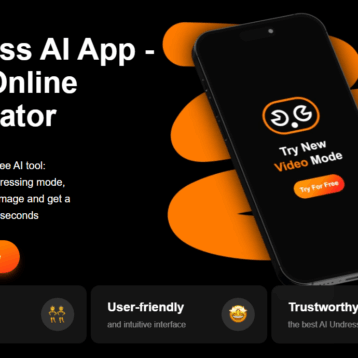
Python is simple to use, create, and modify. It also has a highly active community. The top experts in the area will be happy to help you.
But, there are a few Python drawbacks that you should be aware of, namely its performance limitations. To aid in your decision, let’s look at some more advantages and disadvantages of Python in comparison to other programming languages.
What Exactly is Python?
Python is a general-purpose, open-source programming language. Python was created by Guido van Rossum and named after the Monty Python comedy group. It was based on the now-defunct ABC programming language. The usage of modules allows Python to be very flexible while yet being straightforward and understandable. The more feature-rich Python 2.0 version came out in 2000 after the initial version in 1991. Since then, both releases have been put on hold.
Benefits of Python
Simple to Learn, Read, and Write
A high-level programming language with an English-like syntax is called Python. As a consequence, the code is easier to read and understand. Python’s improved readability is another reason why so many companies choose to use it; because of its outstanding readability, it is simpler to maintain.
Several people advise novices to study Python since it is very simple to understand and master. Compared to other popular languages like C/C++ and Java, you need fewer lines of code to do the same work. Get more useful information here: https://wesoftyou.com/services/python-development-services/
Python Has A Thriving Open-Source Community
Python is available for free download, and it just takes a few minutes to develop asynchronous code. Python development is hassle-free.
Also, the Python programming community is one of the largest and most vibrant in the whole globe. The language itself and associated support forums are being developed by some of the world’s top IT brains.
Other Language Extensibility And Portability
Python is platform-independent, allowing you to execute the same source code on any supported operating system, including Windows, macOS, and Linux. Bytecode and a Python Virtual Machine (PVM), which function as intermediaries between a developer and the real CPU running the application, provide portability.
With extensions like Cython for C, Gython for Go, Jython for Java, and IronPython for .Net, Python collaborates with other languages easily. They let programmers use many languages, add features that their primary technology lacks, and execute ‘foreign’ code within their programs.
Python Increases Output
Whilst many programming languages aim to increase efficiency, Python goes much further. Python is so simple to comprehend that you can concentrate on actually developing solutions rather than trying to figure out how it works. You can save time and lessen the stress that comes with work by using this function.
Python assigns a data type when the program is being run thanks to dynamic typing. So, when coding, you don’t have to worry about defining variables or expressing data types. You simply have to acknowledge that Python really boosts productivity now that you are relieved of this load since the variable is not a hassle until the time comes to execute the function.
The Drawbacks Of Python

Slow Pace
Python is an interpreted language with dynamic typing, as we just explained. The line-by-line execution of the code often results in delayed performance.
Python’s poor pace is partly a result of its dynamic nature, which requires it to do more work when running code. Python is thus not employed in projects where speed is a crucial component.
Python Is Not Very Adept At Mobile Computing
Nowadays, even young children own mobile devices and are engaged in the apps they may use. Thus, Python’s poor performance on mobile devices is a significant disadvantage for the programming language. Python is seldom if ever, used on the client side since it was designed to be used in server-side development. Python struggles to create successful mobile apps as a result.
High Memory Requirements
Even in cases when multiprocessing isn’t used, Python is often accused of using a lot of resources. Its objects have significant overhead and may use 10 times the memory required to hold the data we really need.
While Python contains a garbage collector to manage memory, it does not instantly restore resources to the system once an object is no longer needed. Moreover, if your code has any references to this out-of-date object, it is entirely impossible to remove it.
Conclusion
Like any other programming language, Python has its share of benefits and drawbacks. Python’s benefits outweigh its disadvantages, however, if you consider all of its advantages. The quality of your project needs analysis before deciding on Python as your chosen programming language is entirely up to you.










